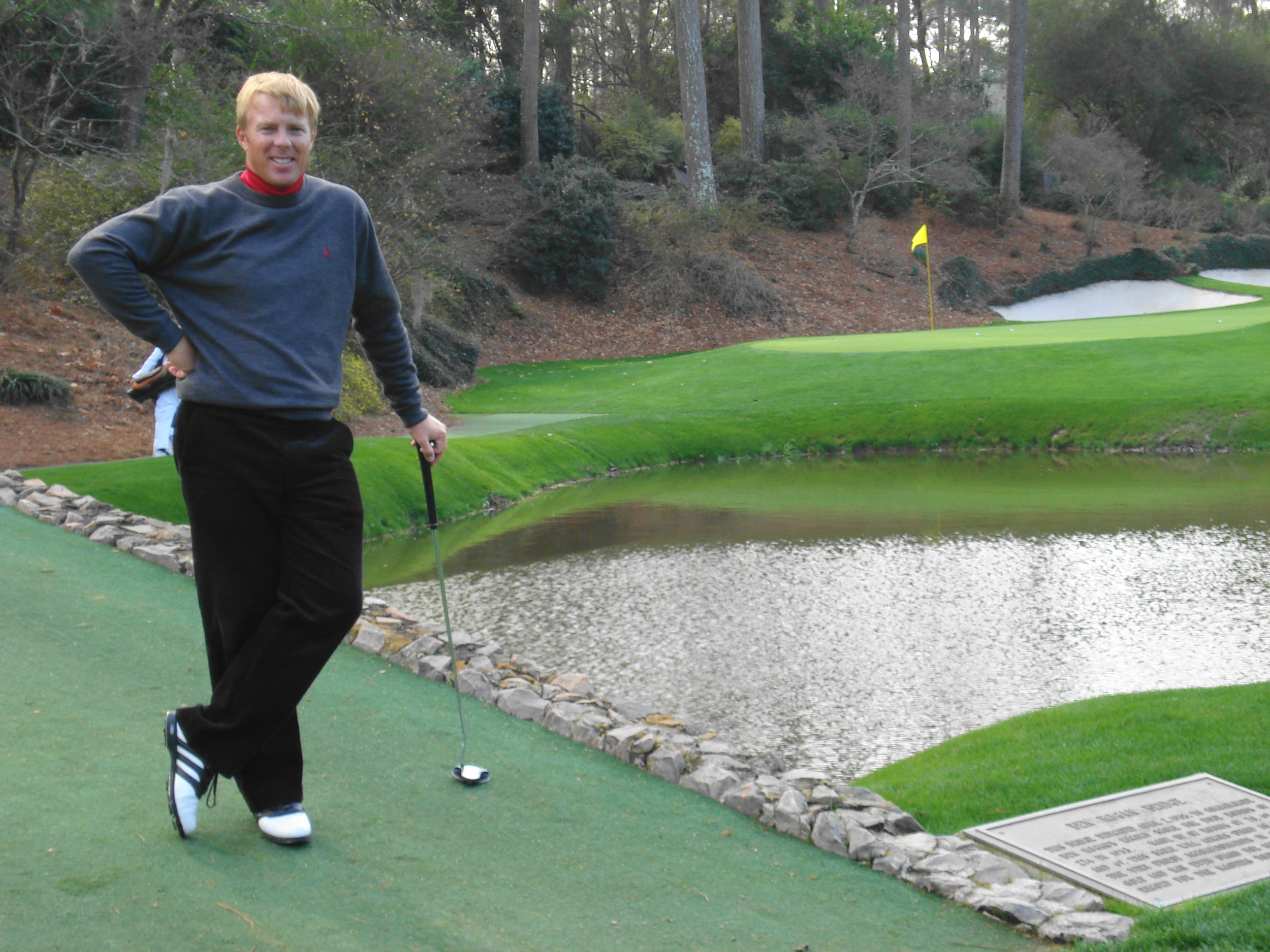Golf's Simplest Practice Aid
/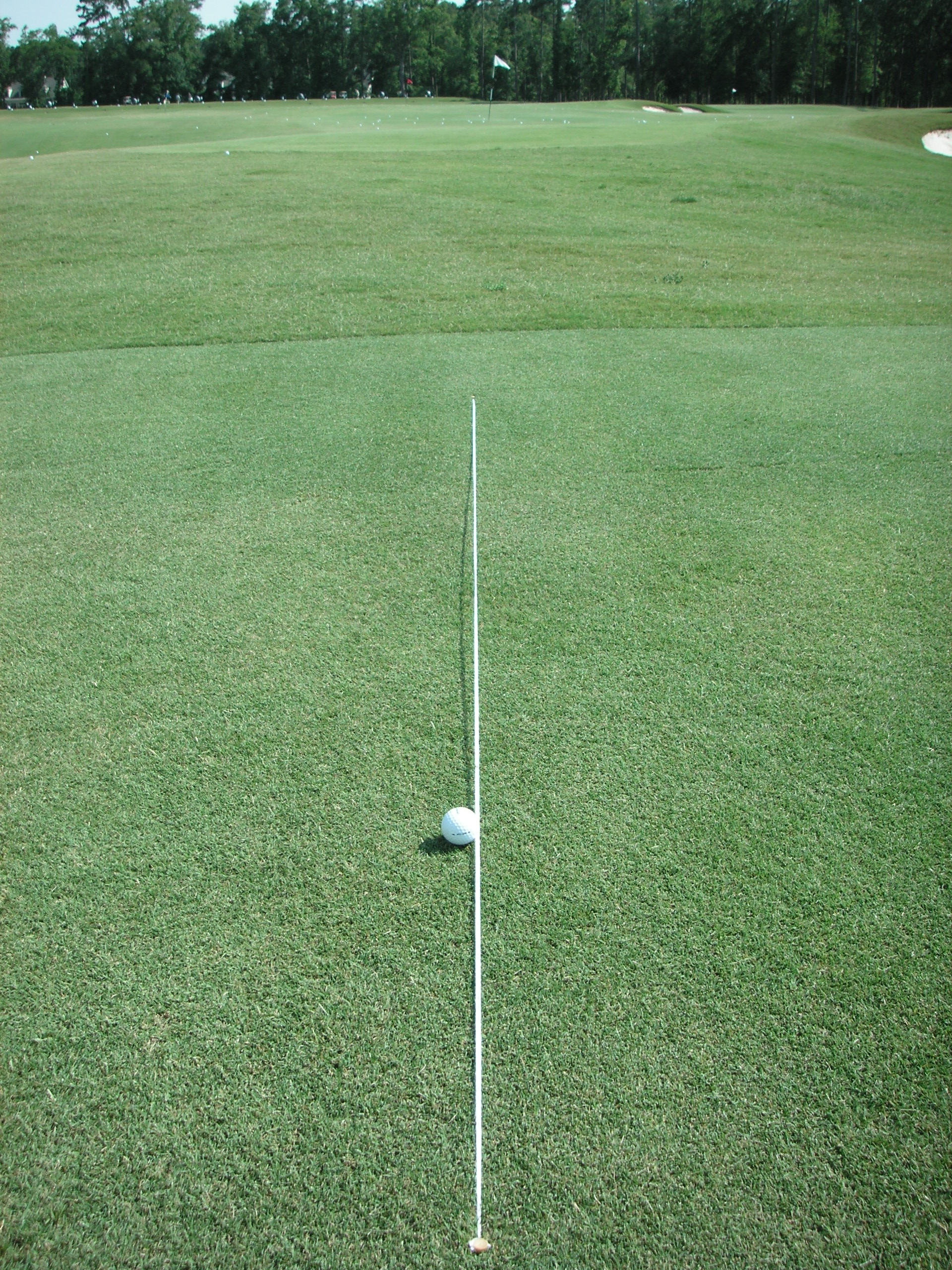 This must be one of the simplest, yet most helpful practice aids I have ever come across!
This must be one of the simplest, yet most helpful practice aids I have ever come across!
This teaching aid will greatly assist any golfer, not only with their alignment, but also provide an excellent visual image of what the swing path should be through impact.
If you are looking for a “high tech device” you are in the wrong place! All you need is a 8-10 foot heavy piece of nylon string available at any home improvement store and two golf tees. Attach the ends of the string to each tee by burning off or tying and place the tees in the ground as illustrated. There is no concern for a line that is 'parallel left' of your target here, as the string is placed almost directly on your target line. It cannot be bumped off line or cause damage if hit during a swing.
The golf ball should be placed a few inches inside the string. When hitting driver you can actually tee the ball up right on the string!
As you address the ball, not only will you be aligned correctly, but you will get a clear sense of what it means to swing "down the line." This handy device can be used for all shots, including work on your chipping and putting.
If PGA Tour players are using this, surely you too should give it a try!
-
Place the tee closest to the target in the ground first and then back up and align the string at your intended target.
-
Start hitting shots toward the front of the string and work the divots back along the inside of the string.
-
The clubhead should never cross the string, either coming into impact or exiting the hit. Feel the clubhead staying 'inside the wall' so to speak.
-
If you think you don't need this, trust me, you do!

Things to Ponder:
- What do Kenny Knox, Nolan Henke, Tom Byrum, Willie Wood and David Peoples have in common? Besides the fact that they all played in the 1988 Greater Hartford Open (?) they are all playing on the PGA Tour this week! There must be more competent golfers out there......
- Lance Ten Broeck (see above group) caddied for Jesper Parnevik in the morning and then played, shooting 71, in the afternoon! Never heard of that before...http://www.geoffshackelford.com/
- Hey, David Feherty, ever heard the joke about two bullets, Nancy Pelosi and Osama? Ever heard of a fellow CBS commentator called Ben Wright? BTW Feherty is working the Valero Texas Open this week although I'm surprised he's not playing!
- Michelle Wie still wants to compete against the men! And I want to drive down Magnolia Drive in a red Ferrari and win the Masters....
- My pick this week, Justin Leonard, is looking good so far. Go boy, go!
- I know of two teams in fantasy golf who picked Henrik Stenson and Ian Poulter! How's that for a $2.8 million pay day?


 For many years I have believed that the irons are struck with a descending blow, the fairway woods and hybrids are swept off the ground and the driver is hit with a slightly upward hit.
For many years I have believed that the irons are struck with a descending blow, the fairway woods and hybrids are swept off the ground and the driver is hit with a slightly upward hit. 


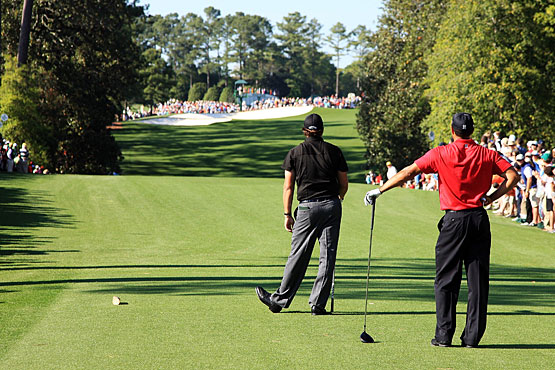 I watched the broadcast from Quail Hollow yesterday and was shocked at what I saw; these golfers were playing some of the hardest holes I have ever seen with 9-irons and wedges for their approaches. I have been to this event and the
I watched the broadcast from Quail Hollow yesterday and was shocked at what I saw; these golfers were playing some of the hardest holes I have ever seen with 9-irons and wedges for their approaches. I have been to this event and the 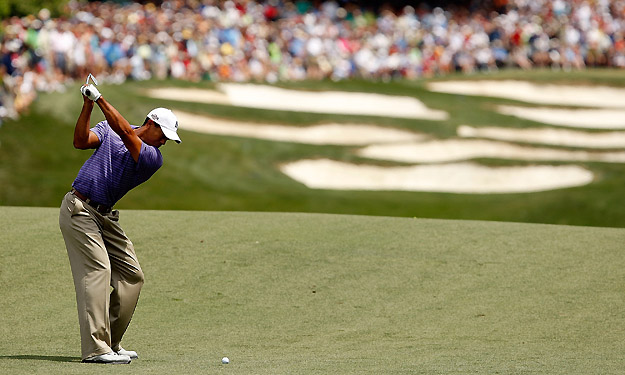
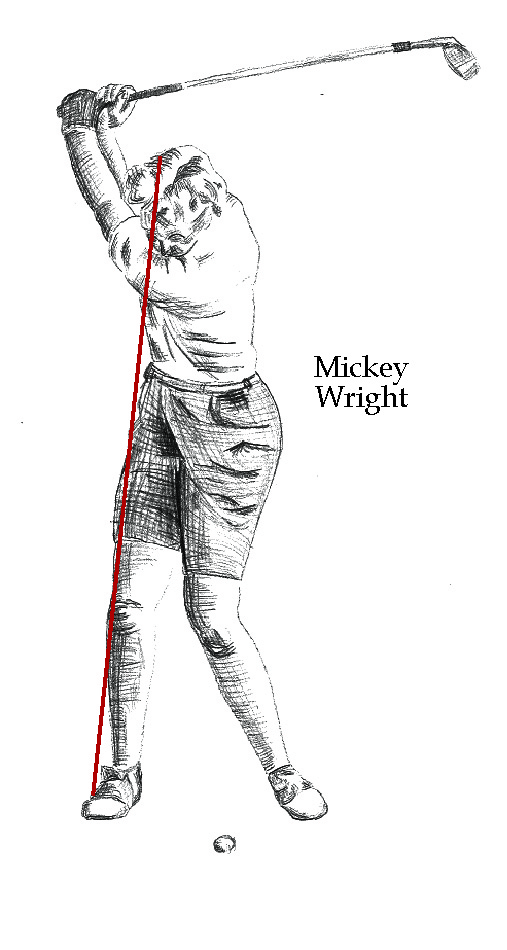


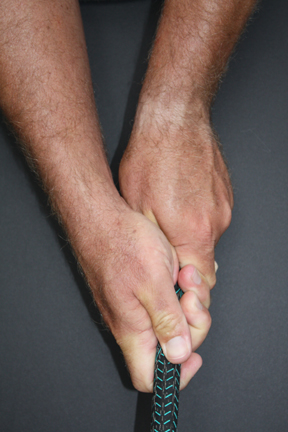 This is the first in a four part series looking at the three primary factors that pertain to a solid impact position. They are:
This is the first in a four part series looking at the three primary factors that pertain to a solid impact position. They are: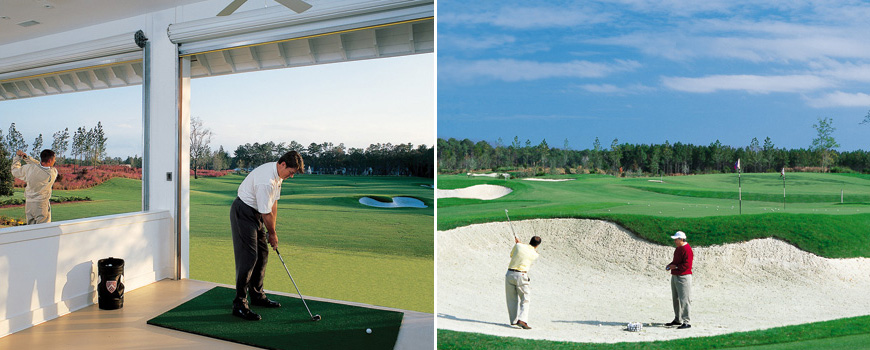 The Spring issue of Golf Digest/Index magazine just came out and ranked the top 75 practice facilities in the USA. When I first started teaching at Berkeley Hall in April 2001 I contacted Golf Digest asking them to do a piece on on the premier practice grounds in the country. They rank everything else in golf, from courses, to instructors, to golf balls, why not an integral part of any golf operation - the practice area!
The Spring issue of Golf Digest/Index magazine just came out and ranked the top 75 practice facilities in the USA. When I first started teaching at Berkeley Hall in April 2001 I contacted Golf Digest asking them to do a piece on on the premier practice grounds in the country. They rank everything else in golf, from courses, to instructors, to golf balls, why not an integral part of any golf operation - the practice area!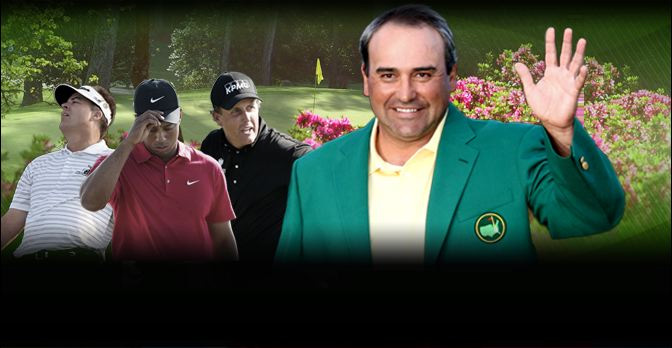 Congratulations to Angel Cabrera on winning the Masters and his second major. It's true what they say about the Masters, "It all comes down to the back nine!" The difference this year was that it all came down to the final two holes. Seventeen and eighteen favor a straight or left to right ball flight and I believe that really made all the difference in the outcome. The major players were Cabrera, Perry, Campbell and Mickelson. Cabrera was fading the ball comfortably all day, Perry and Campbell are known drawers of the ball and Lefty had his fade working.
Mickelson attempted three draws on the back nine, all with poor results - tee ball @ 11 (trees), tee ball @ 12 (water) and tee ball @ 18 (bunker). Every other tee shot on the back nine played into his fade perfectly.
Congratulations to Angel Cabrera on winning the Masters and his second major. It's true what they say about the Masters, "It all comes down to the back nine!" The difference this year was that it all came down to the final two holes. Seventeen and eighteen favor a straight or left to right ball flight and I believe that really made all the difference in the outcome. The major players were Cabrera, Perry, Campbell and Mickelson. Cabrera was fading the ball comfortably all day, Perry and Campbell are known drawers of the ball and Lefty had his fade working.
Mickelson attempted three draws on the back nine, all with poor results - tee ball @ 11 (trees), tee ball @ 12 (water) and tee ball @ 18 (bunker). Every other tee shot on the back nine played into his fade perfectly.